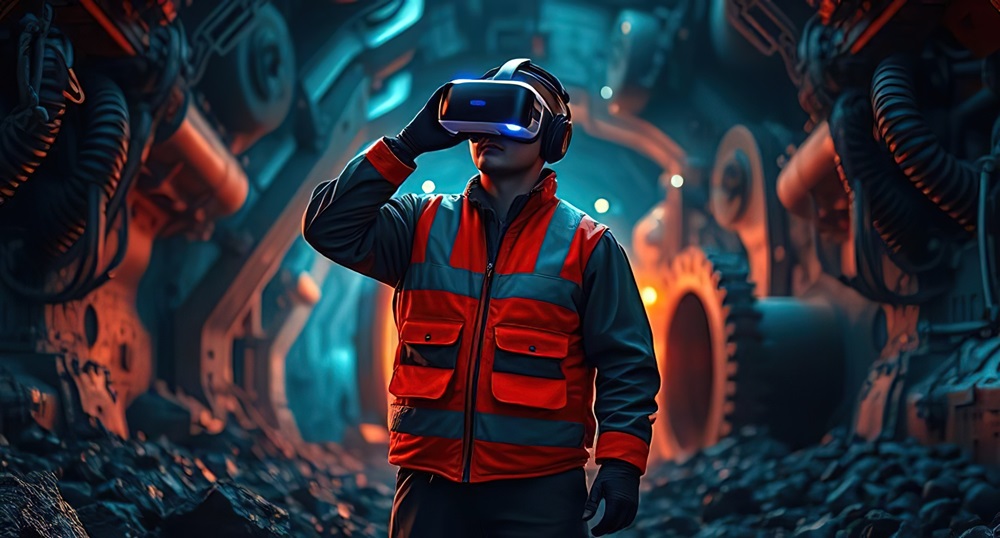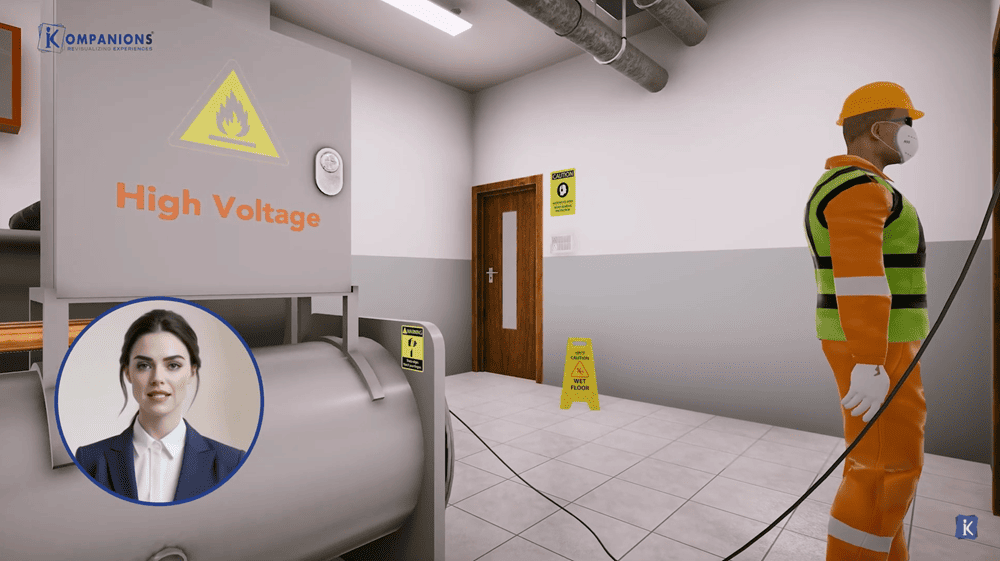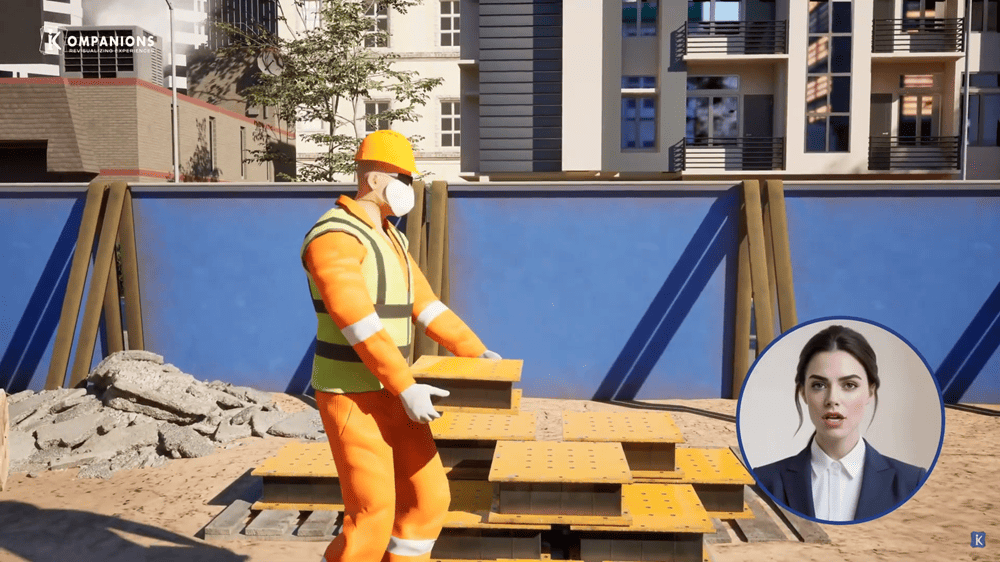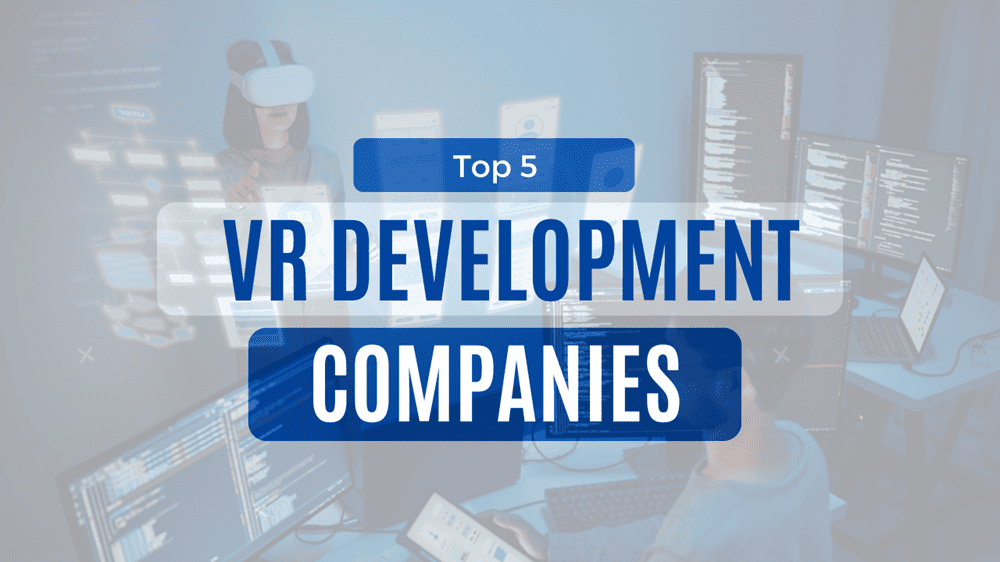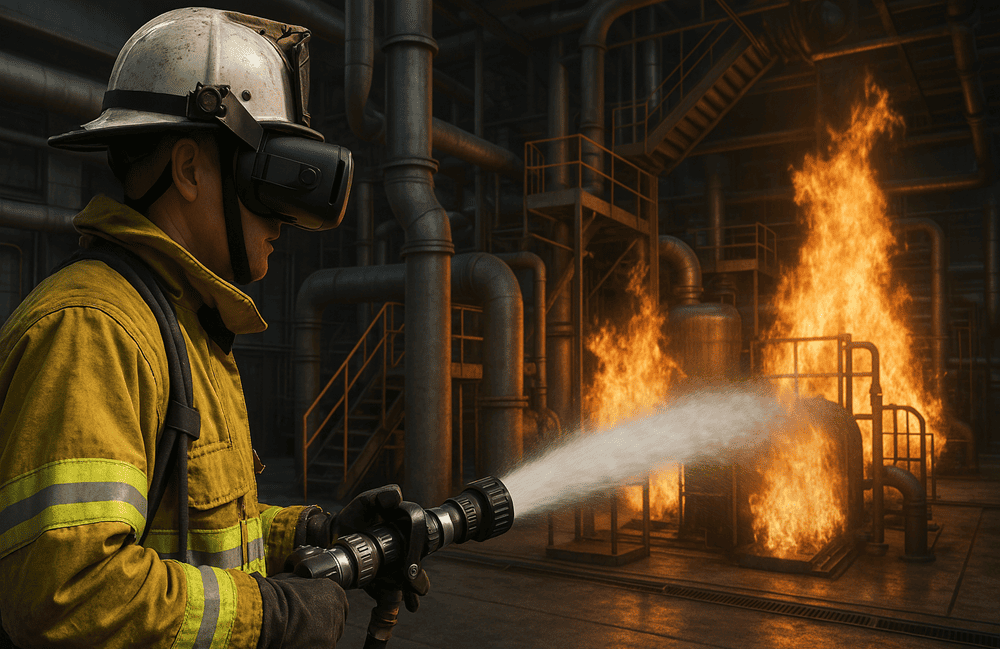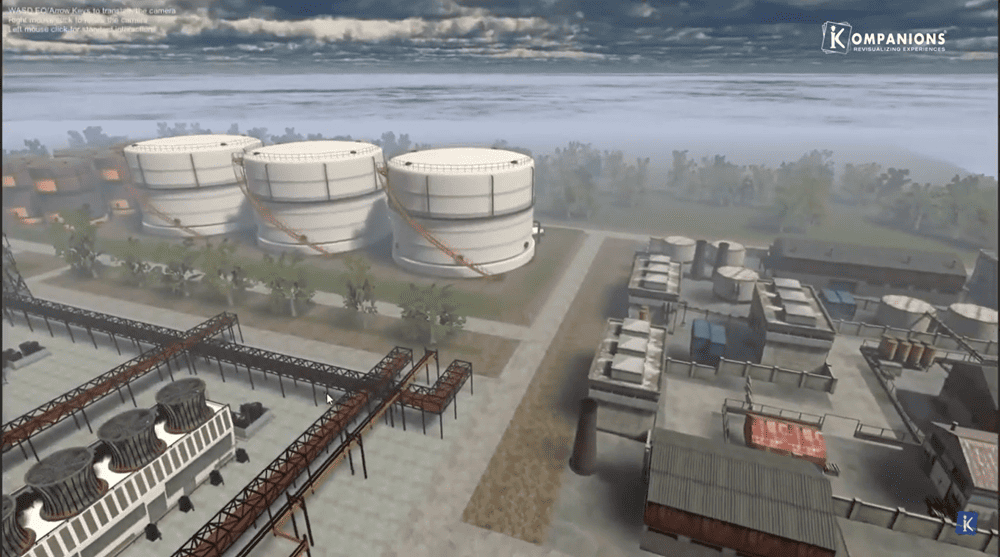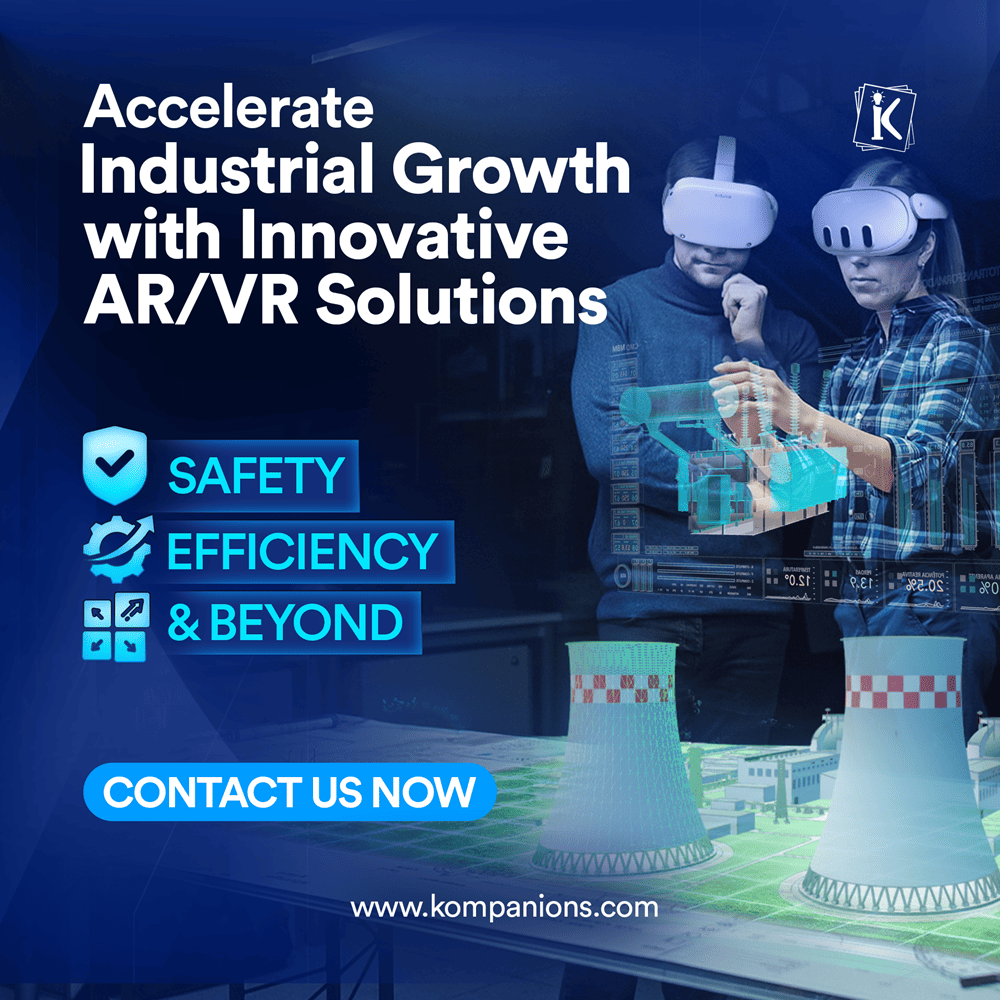How VR Transforms Safety and Training in Mining Industry
Imagine that an accident occurs in one of your mines. It is a nightmare you have dreaded, but it has happened. Employees are held captive, and rescue teams need to respond quickly and effectively.
Suppose you have employed safety training solutions in VR instead of the traditional method. Then, using VR, your staff has already experienced dealing with such emergencies in a safe environment.
They are familiar with the right evacuation procedures and the operation of emergency equipment and remain cool-headed.
The mining sector is embracing virtual reality technology increasingly and transforming the safety training of its employees.
By creating authentic simulations of dangerous settings, VR provides miners with safe, engaging and more effective and better training than traditionally employed methods.
This guide shows how virtual reality for the mining industry has been impacting operations and boosting safety.
The Evolution of Safety Training in Mining
Safety has never been a priority in the risky business of mining. However, safety training programs traditionally have used classroom instruction, manuals and guides to train workers.
While essential for creating knowledge, this approach lacks interactivity and simulation when it comes to teaching key skills.
VR for the mining sector provides a compelling solution. By simulating realistic virtual environments, VR training can replicate multiple emergencies, where miners can practice their critical decision-making and response protocols without the consequences of real-world experience.
Key Capabilities and Technologies Powering Mine Safety with VR
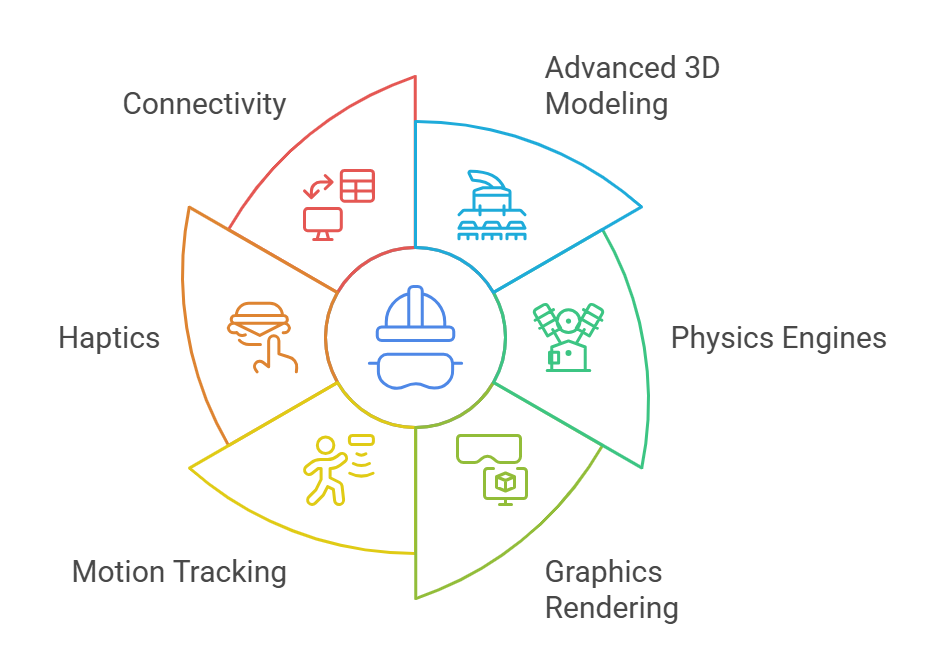
From the open pits to the underground shafts, safety in mines through VR training sites enables companies to model their respective mine sites and situations with accuracy. This is by leveraging technologies like:
✔️Advanced 3D Modeling
Highly detailed virtual environments result from real mine plans, topography information, equipment specifications, and so forth. Additionally, geology, mineral deposits, and infrastructure are modeled precisely.
What's more, realistic environments can be created without going to the site, using drone information, digital twins, etc.
✔️Physics Engines
It includes realistic physics, fluids, collisions, gravity, explosions, and material interactions. It assists in simulating true behavior and sophisticated physics modeling enables very precise representations.
✔️Graphics Rendering
Photorealistic imagery, using methods such as shadows, ray tracing, and high dynamic range imaging, guarantees immersion. Furthermore, visual information evokes safety consciousness.
Cut costs, Boost safety and efficiency with VR training in mining. Start transforming your workforce today!
Get Started✔️Motion Tracking
Natural movement and interaction through body tracking and hand controllers facilitate natural movement and interaction within the VR world, which facilitates physical emergency practice.
✔️Haptics
Tactile feedback devices also provide touch inputs such as vibrations, resistance, pressure etc., which heighten realism. Therefore, they provide an indispensable level of immersion while training.
✔️Connectivity
Multiplayer networking enables collaborative learning and rescue drills. Team coordination skills are also developed.
Mines can customize and validate scenarios that match their unique conditions and procedures. By leveraging data from digital twins, drones, sensors etc., VR training stays current and relevant.
Transforming the Future of Mining Education with VR Training
Virtual Reality mining training will be the standard for the mining sector in the future. Safety and training are just two of VR's advantages. It also increases efficiency and productivity.
1. Experiential Learning
Active engagement in situation-based training is conducive to experience-based learning and the development of muscle memory. Consequently, the trainees acquire practical know-how.
2. Efficient Training
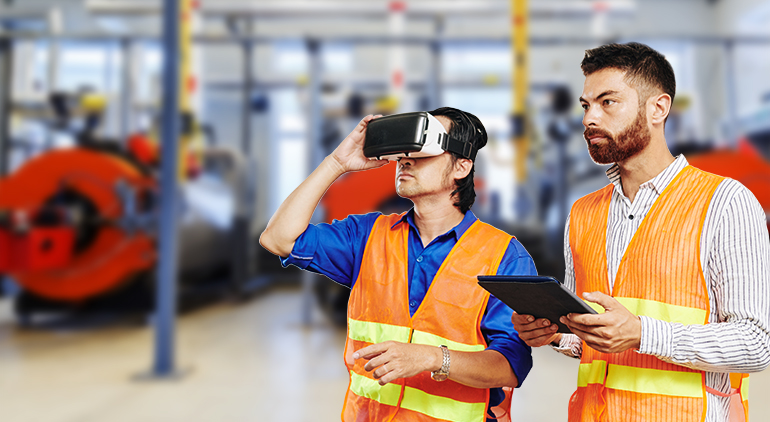 Trainers can train huge numbers of employees at once across various procedures within a short period, resulting in much shorter training cycles.
Trainers can train huge numbers of employees at once across various procedures within a short period, resulting in much shorter training cycles.
3. Hazard Recognition
Identifying risks such as ground deformation, gas accumulation, and equipment dangers through heavy equipment training in VR becomes second nature. Thus, it gains a "sixth sense" of danger.
4. Emergency Preparedness
Sharpening communication, decision-making, and rescue skills equips people for emergencies without putting them in actual danger. This develops the preparedness to act in crises.
5. Customizability
Training systems may integrate site-specific surroundings, equipment, SOPs, and simulated danger customized to suit the mine requirements, which supports localized learning.
6. Accessibility
Trainees can repeatedly rehearse safety drills on demand to enhance retention. Additionally, because of less overhead, training expenses are minimized.
7. Engagement
Immersive learning creates greater levels of engagement and motivation than traditional classroom lectures. In addition, workers adopt training.
With strict attention to safety, mines are utilizing these advantages to reskill workforces through technology, providing the solution to the question of what virtual reality can do for safety in mining.
Beyond Mining: Expanding Applications of VR and AR
The revolutionary potential of VR goes beyond mining. Business XR solutions are being embraced in different industries. VR in construction safety is improving team member safety on construction sites.
Enterprise virtual reality is being applied for training and simulation in healthcare, manufacturing, and many more industries. AR for oil and gas safety and AR for nuclear plant safety are enhancing safety procedures within high-risk settings.
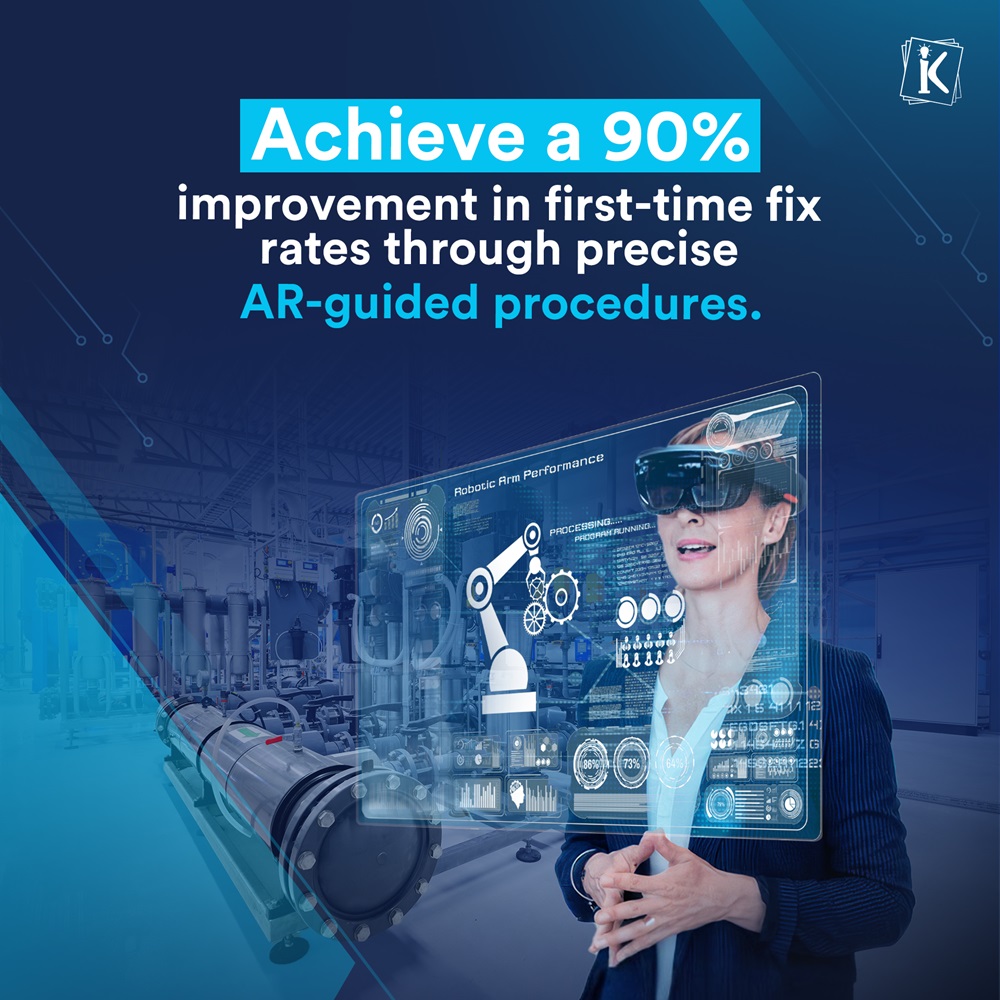
Even VR training in marine operations is being used to improve maritime safety and operational performance. The uses of VR and AR are widespread and growing wider.
Final Words: Using Virtual Reality to Make Mining Safer in the Future
VR for the Mining is transforming safety and training processes. Through immersive and realistic settings, virtual reality is giving miners the ability and competence necessary to work successfully and safely.
As VR technology has progressed, it will continue to be used increasingly in the mining sector, contributing to a brighter future that is safer and more efficient.
Employing VR training in mining and mining simulation represents a major milestone in the achievement of the safety and health of mining professionals. The future of mining training and safety is certain to be virtual.

